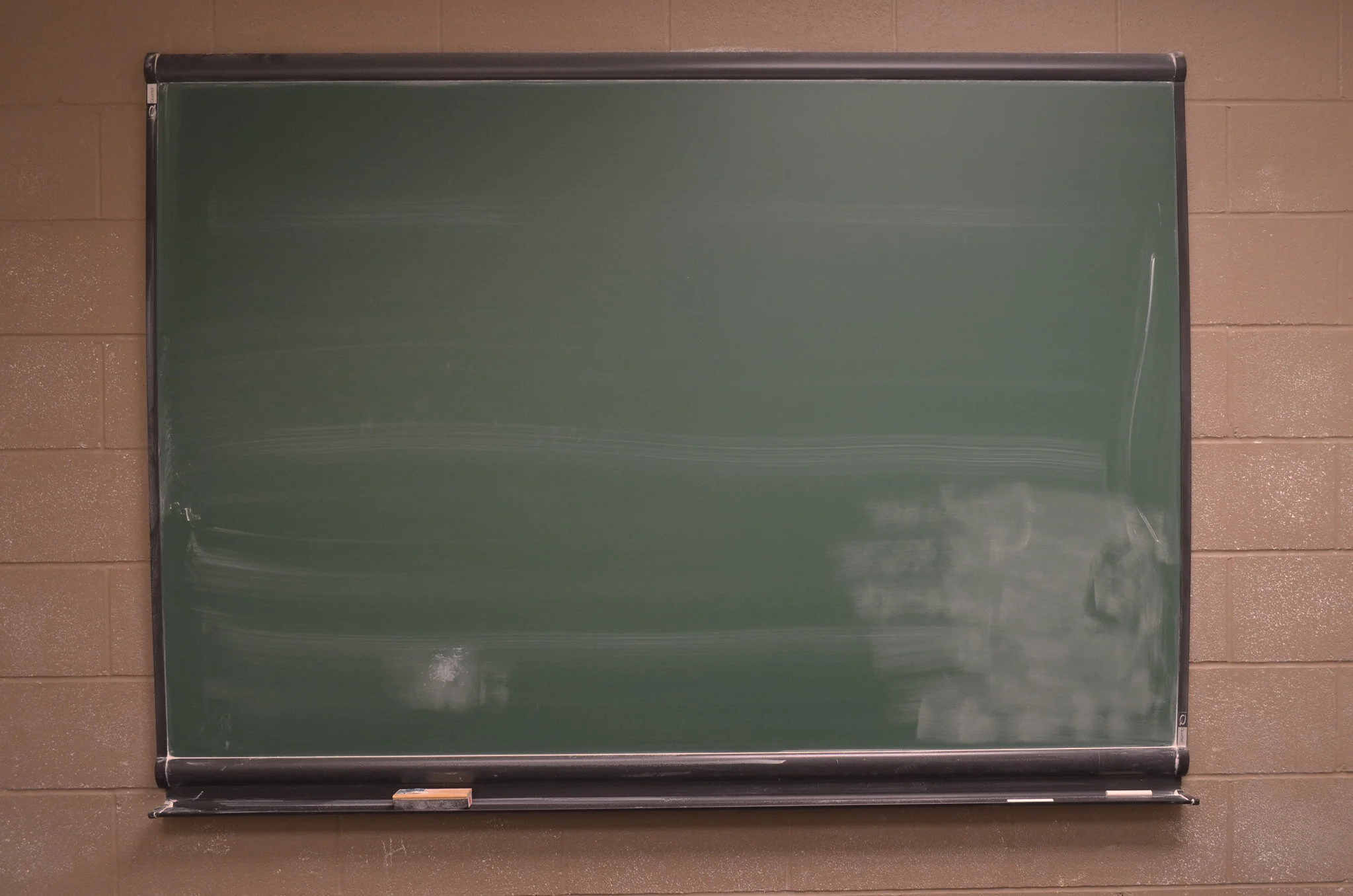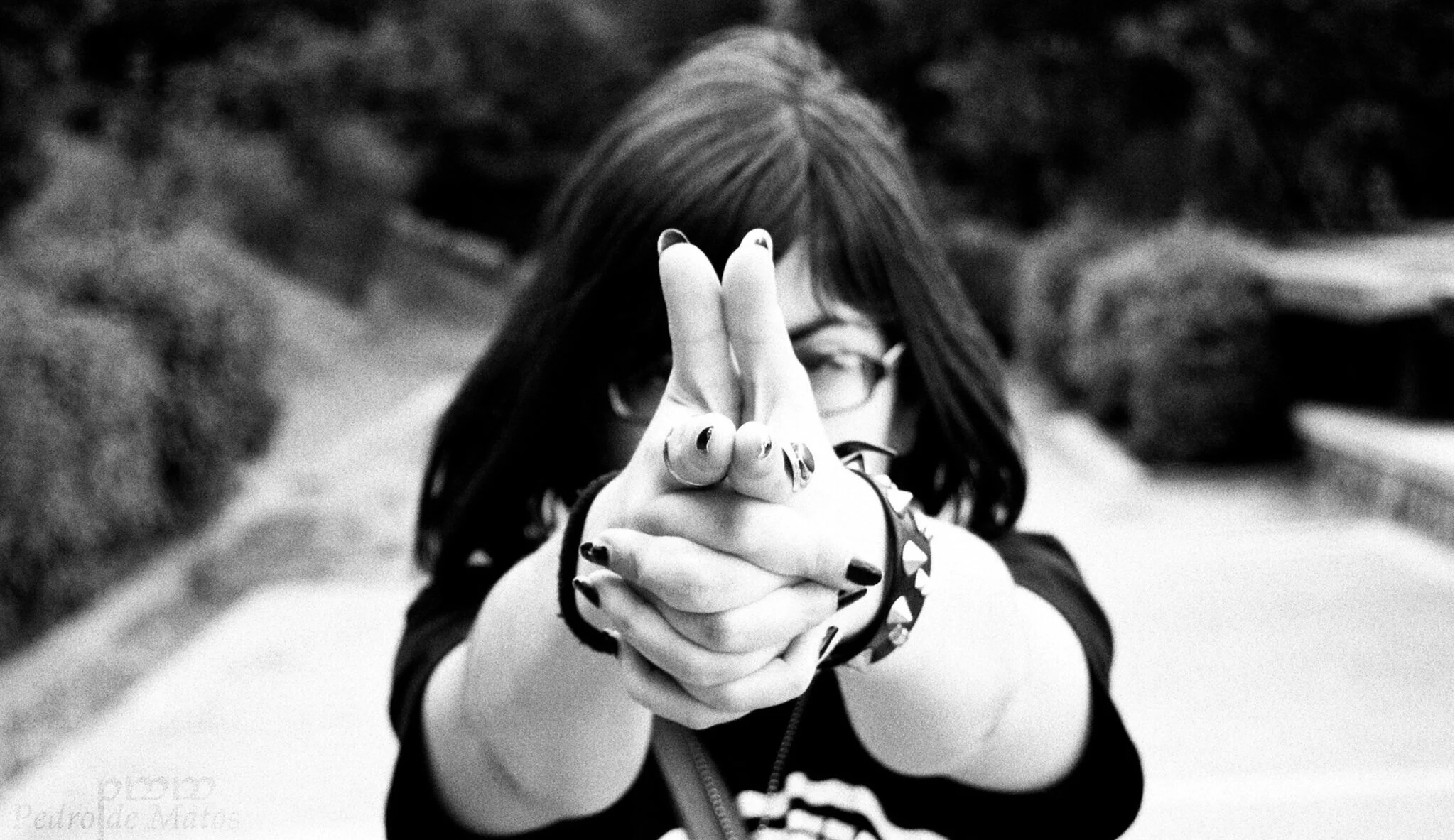Honoring the life of Margaret Reed Lewis without narrative heroism
My great grandmother, Margaret Adaline Reed, was born in November of 1880, or possibly 1881, in Kittanning, Pennsylvania. In 1901, she graduated from the Woman’s College of Baltimore, now Goucher College, with a degree in math. 117 years later, I graduated from the same school with an MFA in nonfiction writing. That she had gone there, as well as her daughters—my grandmother and her sister—as had my aunt, was not the reason I enrolled. The MFA program there promised to educate me in the craft of creative nonfiction. That I had a family connection was a coincidence that happened to provide me with what I thought would be the topic of my thesis.
My dad’s grandparents, Warren Harmon Lewis and Margaret Reed Lewis had always loomed in my life as near-mythological figures. My grandmother, their youngest daughter, and her sister, their eldest, revered their parents, and they wanted their legacies remembered. So, I knew, growing up, that their scientific work was important, but beyond that, they remained unknown and distant to me. Their names, I discovered as a teen, turned up pages of Google results. I discovered they were biologists who worked together for many years. But still, their lived experiences (they worked from 1910 to 1964—not to mention their scientific contributions—seemed just out of reach of real understanding. In my MFA program, I hoped to write about them and their early forays into cell biology—the way they saw reality forming under a microscope as a new American reality formed around them.
Margaret's life in particular fascinated me as someone whose story seemed rife with narrative potential. But I realized that a difficult path lay ahead of me, in part because it was relatively well-trodden. Her story is found on Wikipedia and in “The Biographical Dictionary of Women in Science,” and even in “American Men of Science: A Biographical Directory, Vol 2.” It would not be enough, I knew, to simply retell her story without some surprising narrative intervention.
Luckily for me, the attic of my family’s summer home (the house Margaret and Warren built in 1924 so they could work at a nearby lab) holds boxes and boxes of their memorabilia. There are diaries and scrapbooks, letters and transcripts, photos and ledgers, and in them, I hoped to find the key that would unlock my great-grandmother’s story. It was relatively easy for me to see the places where Margaret Reed’s life would benefit from clarity, so it became my quest to defog those places that seemed most hazy to me to tell her story anew.
After graduating from college, Margaret never took another degree. She did coursework at Woods Hole Biological Laboratory in the summers and enrolled as a Graduate Scholar in Biology at Bryn Mawr. There, she worked with Nobel Prize-winning biologist Thomas Hunt Morgan until 1903, when she moved to New York and lectured at Columbia and Barnard. In the summers she traveled abroad, and in 1908 found herself in Germany.
It is this time in Margaret’s life that I most wish I could zoom in on and play in slow-motion. It was there, in a lab in Berlin, before the age of 30—younger than I am now—that she explanted guinea pig bone marrow into agar, incubated it, and a few days later returned to find, miraculously—no, scientifically—growth! Life! From her hands, her brain, came an advance in modern cell biology: Mammalian cells cultured in vitro for the first time ever.
Probably.
All records of this event include that tiny but crucial probably, the slight hedging that suggests the claim that Margaret did this first cannot be made with 100 percent certainty. There is something about being first in almost anything that affords a certain narrative thrust, an easy entrance into the annals of history, and without it, Margaret seems to fall just outside the label of “famous scientist.”
It was that time and place that intrigued me most, but I had other questions, too, mainly about her lack of Ph.D. In December of 1908, Margaret applied for a PhD from Bryn Mawr in physiology and morphology. In her application, she detailed her extensive undergraduate and graduate study, and proposed a thesis with the topic “study of the luecocytes [sic] of the Blood.” “Work for this,” she wrote in her application, “was begun 1906 and carried on systematically ever since.” But any trace of Margaret working toward that degree vanished after the 1908-1909 academic year. Whether she was denied admission to the program or if she was accepted but left prematurely remains unclear.
In 1909, Margaret agreed to marry her longtime friend, Warren Lewis. They married in 1910 and had three children. They also had a long and successful working life, publishing both separately and together for decades. But much like the small difference between being “the first” to culture mammalian cells in vitro and “probably the first,” the difference between having a PhD at a time when it was relatively rare for a woman to do so and almost having a PhD. feels significant—especially on a narrative level. It would be narratively quite simple and even satisfying to conclude that she, like so many women, was unfairly pushed out of her graduate studies upon her marriage, but there is simply no evidence of this. In fact, Margaret very may well have benefited from her relationship to Warren more than she would have from having a PhD.
Did being Warren’s wife give Margaret access to Johns Hopkins and later the Carnegie Institution in ways that an unconnected woman, even one with a PhD., may not have been afforded? Did she think about such things, and did she, like me, bristle with discomfort at the possibility?
There was a moment, a few summers ago, when I thought perhaps all my questions might receive their answers. Knee deep in documents one September day, rifling through papers, my eyes alit upon a typewritten page entitled: “Margaret Reed Lewis, Autobiographyy [sic].” For a moment, I let myself hope that she would posthumously reveal for me the seemingly invisible mechanisms of her life just as she and my great-grandfather revealed mechanisms of the cell. What I found, however, was the briefest of autobiographies, its lack of details useful only in what it revealed about how she perceived her life.
About her scientific work she wrote, “Dr. Erdman [sic] believed that living cell [sic] would eventually be grown in glass. It remained for my beloved husband … to show that this could be done,” and about her PhD program only “I started some research work … but left it to marry Dr. Warren H. Lewis.”
In these sentences and in the rest of her writing, I see no feeling of being done wrong. It is funny to wish that my great-grandmother was more disappointed in how her legacy was upheld: Where was the sense that she was not given due credit or that she was pushed out of the world of academia as she wished to pursue it? That would be a much better story, after all.
When I felt that distaste in my great-grandmother’s apparent satisfaction with her own legacy, I knew I had to pause in my quest to tell her story. My modern-day writerly motivations were the ones struggling for breath, not the facts of her life. I could shoehorn my narrative hopes onto her life, probably with some success, but I am my great-grandmother’s great-granddaughter, and my adherence to truth and facts, the evidence in front of me, is as important to me as it was to her. (And, luckily, she had two scientist granddaughters who were more effusive with their feelings about their place in history). So, in the end, I didn’t write my MFA thesis about my great grandmother, but I still struggle with wanting her name to be known to wider circles, as I believe more non-male, non-white scientists should be known.
That belief requires something of a strange negotiation for a writer. Because so much of the work of writing is about innovation, it can be easy to abandon stories that feel told. But when it comes to stories that serve as inspiration or that show the breadth of experiences, that impulse needs to be tamped. In some ways, the desire for narrative heroism is detrimental because it reduces the number and flattens the experiences of scientists whose lives don’t have some literary flair. For a writer, it is a hard ethic to embody, but the more we recognize people for their contributions without holding them to some narrative standard, the more models and examples we will have—and that can only be a good thing.






